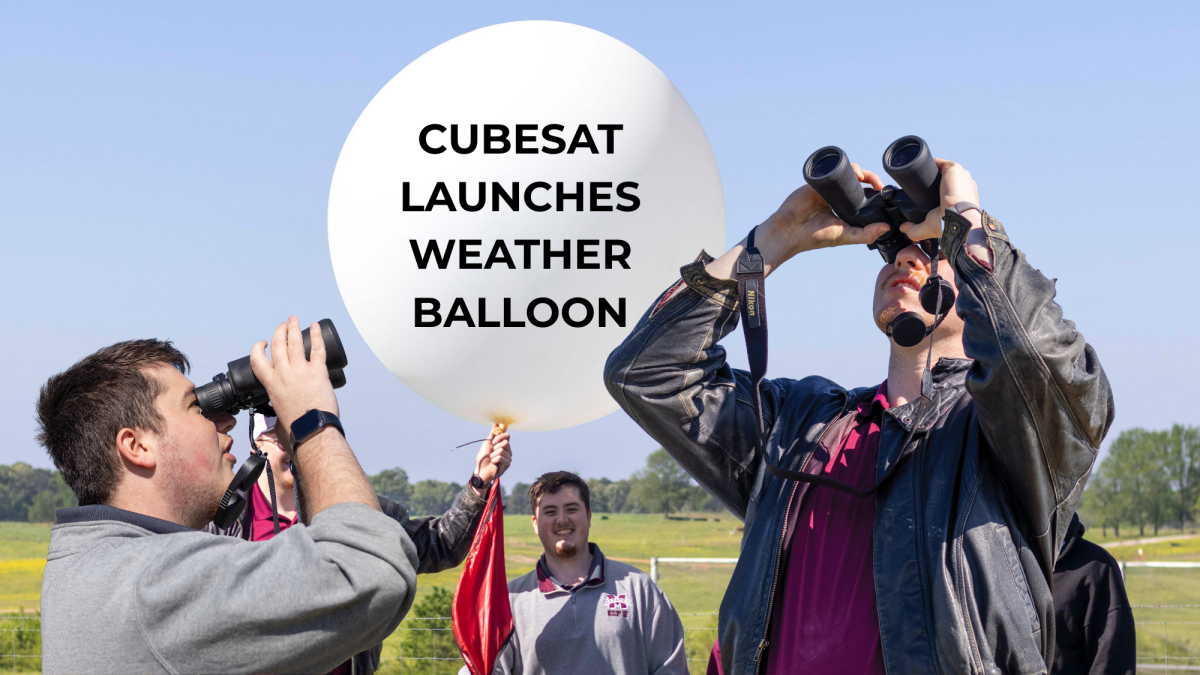Around the middle of January, Mississippi State University’s Maroon Alert will transition to a new system, EverBridge.
Maroon Alerts are the texts students and faculty members receive when there is a direct threat to campus.
With the current Maroon Alert system, students and faculty receive Maroon Alerts via text messaging, but EverBridge allows for alerts to be sent out more efficiently and more quickly, according to Emergency Management Director Brent Crocker.
“A lot of times, people think of Maroon Alert as the text messaging they get,” Crocker said. “Maroon Alert is really a system. It’s a suite of ways we try to reach students, faculty, staff and people behind the university about an emergency. We really only use it for campus emergencies. We don’t use it for things that are happening across town or across the county. Sometimes, that does create a little bit of confusion because we see a weather alert that impacts Oktibbeha county, but it doesn’t necessarily impact campus. So, we try to make sure we maintain our focus of campus and what we’re talking about campus.”
Crocker and the rest of the Emergency Management Department have worked for the last two years to enhance the system.
“What we did is we looked at what we have, what do other universities have, what are some trends that we’re seeing, maybe some areas that we can improve, and where can we go from here,” Crocker said.
The current system powering Maroon Alert is MIR3.
“MIR3 does a good job of pushing out text messages, but we saw that there were some things that we could look at and add, especially with changes in technology. But also, how we can position us for the future so that as the university advances technology, we can leverage that to share information and do the best that we can,” Crocker said.
While MIR3 pushes out the emergency alerts in a timely manner, Crocker said he believes EverBridge is more user-friendly and efficient for both those pushing out the alerts and receiving the alerts as well.
“We partnered with EverBridge,” Crocker said. “It’s an industry leader for emergency notifications. They handle emergency notifications for the state of Florida, and they also handle many universities. In our evaluations, that was something we were looking at. Can they handle what we see as important, (such as) a large number of people in a concentrated area. As far as faster delivery, they have a great reputation for being able to push through messages very quickly. One of the things we considered in selecting a new vendor is the ease of use for people that have to send a message—with EverBridge, it works with your app on the phone.”
Furthermore, students and faculty are encouraged to download the app, EverBridge. This new system allows for multimodal distribution when a Maroon Alert is issued. Currently, students and faculty receive Maroon Alerts from the number 24693, but once the transition to EverBridge is complete, Maroon Alerts will come from a different shorthand, 89361.
“Downloading the app means your first message will come from the app. If you don’t download the app, your first message will come immediately from a text,” Crocker said. “There might be a little difference between them, but it’s going to try to go to one of those first two options right away. There will be a way for you to respond to that by replying yes or clicking a link. The easiest way is to tap that link.”
Because of the new multimodal distribution, students and faculty members will be required to acknowledge the notification, or the Maroon Alert will send the message via email or by phone call.
“If you don’t answer the app, one minute after that, you will get a text message,” Crocker said. “If you don’t answer the text, one minute after that, it will send an email. If you don’t answer the email, one minute after that, it will send you a phone call and read you the automated voice message, then that will be it.”
The attempts will stop after the phone call is made, but acknowledging a message allows the university officials to know who has received the alert.
For weather alerts, EverBridge will automatically push out notifications when alerts are sent from the National Weather Service, according to Crocker. With the app, users will be able to personalize their notification settings when it comes to alerts.
The app also allows for university officials to use geofencing.
“That’s something we never really used or considered in the past,” Crocker said. “If we want to draw a polygon on the map and tell everyone in that area the building is flooded, would we do that? Maybe, maybe not; but it’s in our toolbox. The app allows us to do that. It doesn’t mean we know where people are; the system can pinpoint a location.”
Colvard Student Union Business Coordinator Shellie Aultman said she is appreciative of Maroon Alerts.
“Honestly, I love it because I live right off campus,” Aultman said. “I know when I get that Maroon Alert, I know it affects me as well because I live so close to campus.”
Aultman said she believes the biggest benefit for everyone is getting acknowledgements via users and geofencing.
Aultman said both EverBridge and MIR3 are similar, but EverBridge allows for a better system to knowing who is safe.
“With the aspect of why I’m using it, both of them really do the same thing,” Aultman said. “This one seems a lot cleaner, as in it wants to know where you’re at and make sure you’re safe. I really appreciate that, especially if we have another terrible situation like that false one we had a couple years ago (referring to an alleged active shooter on campus). Definitely to know that people are safe, I think that’s good for the President (Mark Keenum), and for anyone who needs to know about their students immediately. From what I saw, that is going to be the best perk.”
Changes to come to Maroon Alert system
Courtney Carver – The Reflector
Emergency Management Director Brent Crocker leads a seminar on the transition from emergency notification system MIR3 to EverBridge.
0
Donate to The Reflector
Your donation will support the student journalists of Mississippi State University. Your contribution will allow us to purchase equipment and cover our annual website hosting costs.
More to Discover













